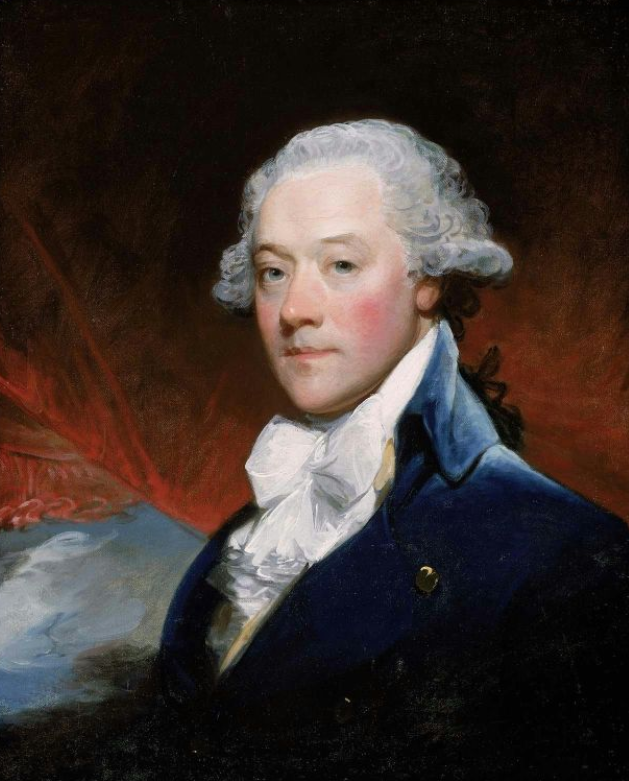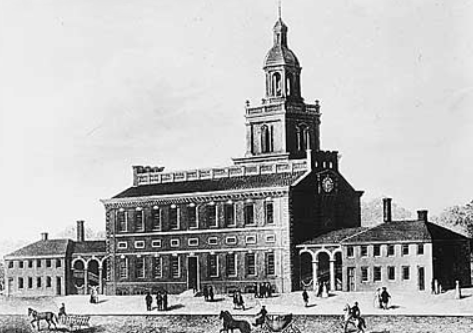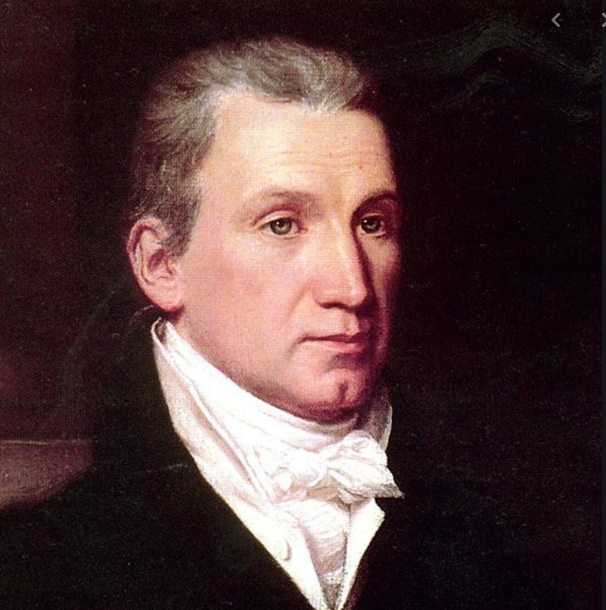The Cost of Revolution: James Swan Buys America's Debt to France
James Swan was a wealthy Patriot who bought the debt that the United States owed France.
Essentially, the price of Revolution was literally owed to this eccentric man.
Fortunately, he used the opportunity to HELP his country.
James Swan
James Swan was a young Boston merchant when he joined the Sons of Liberty.
As such, Swan participated in the Boston Tea Party before joining the militia.
He was wounded at the Battle of Bunker Hill, but his star was on the rise.
James was chosen as Secretary for the Massachusetts Board of War.
Funding the French Revolution
Throughout the Revolutionary War, Swan became a leader in both politics and business.
His mercantile firm became extraordinarily successful which permitted him the opportunity to travel to France to take advantage of another revolution which was breaking out.
France had suffered extreme financial hardships leading up to the French Revolution, and as the Reign of Terror began James saw a chance to make some serious money.
As the nobility began getting killed off, Swan would purchase their belongings and sell them back in America.
His actions effectively helped fund the French Revolution.
Purchasing America’s Debt
Despite Swan’s actions, the French Revolutionary Government still needed more money.
This was, in no small part, due to the fact that they had loaned the American Revolutionaries so much cash. This was at a time when Alexander Hamilton was only just getting his famous assumption of debt plan together.
James Swan used his fabulous wealth to do something incredible...he purchased the debt that the United States owed to France.
Buying Time
Having obtained America’s debt to France, James Swan was essentially owed the cost of the American Revolution.
Now, Swan was a Patriot, and he did not come to collect right away. Quite the opposite, actually. James’ holding of the loans gave his young nation the time it needed to begin paying in earnest.
Furthermore, Swan sold off ownership of the debt in parcels to other private investors which helped him quickly recoup a large chunk of his $2,000,000 purchase.
Wasting Away on Principle
James Swan returned to America for several years at the beginning of the 19th century, but left one more time for France in 1808.
While in Paris, Swan was accused of not paying a very small debt.
He denied these accusations but was convicted and given a fine.
Although he could easily afford his sentence, Swan refused to pay on principle.
He was sent to prison, with his jailers assuming he would give in an offer up the money.
Nope.
James Swan spent the next 22 years...more than a quarter of his life...in a French prison.
Want to learn more about DEBT and the REVOLUTION?
Check out these articles:
Paying Debts to Britain - The Case of Ware v. Hylton
Edmond Pendleton and the Scandal that Started a Revolution
The loans taken out by the United States to fund the Revolution are extremely interesting, yet complex.
‘The Price of Liberty’ takes an in depth look at the whole situation.
If you’d like a copy you can pick one up through the Amazon affiliate link below (you’ll support this site, but don’t worry, Amazon pays me while your price stays the same).
Want to get fun American Revolution articles straight to your inbox every morning?
Subscribe to my email list here.
You can also support this site on Patreon by clicking here.






